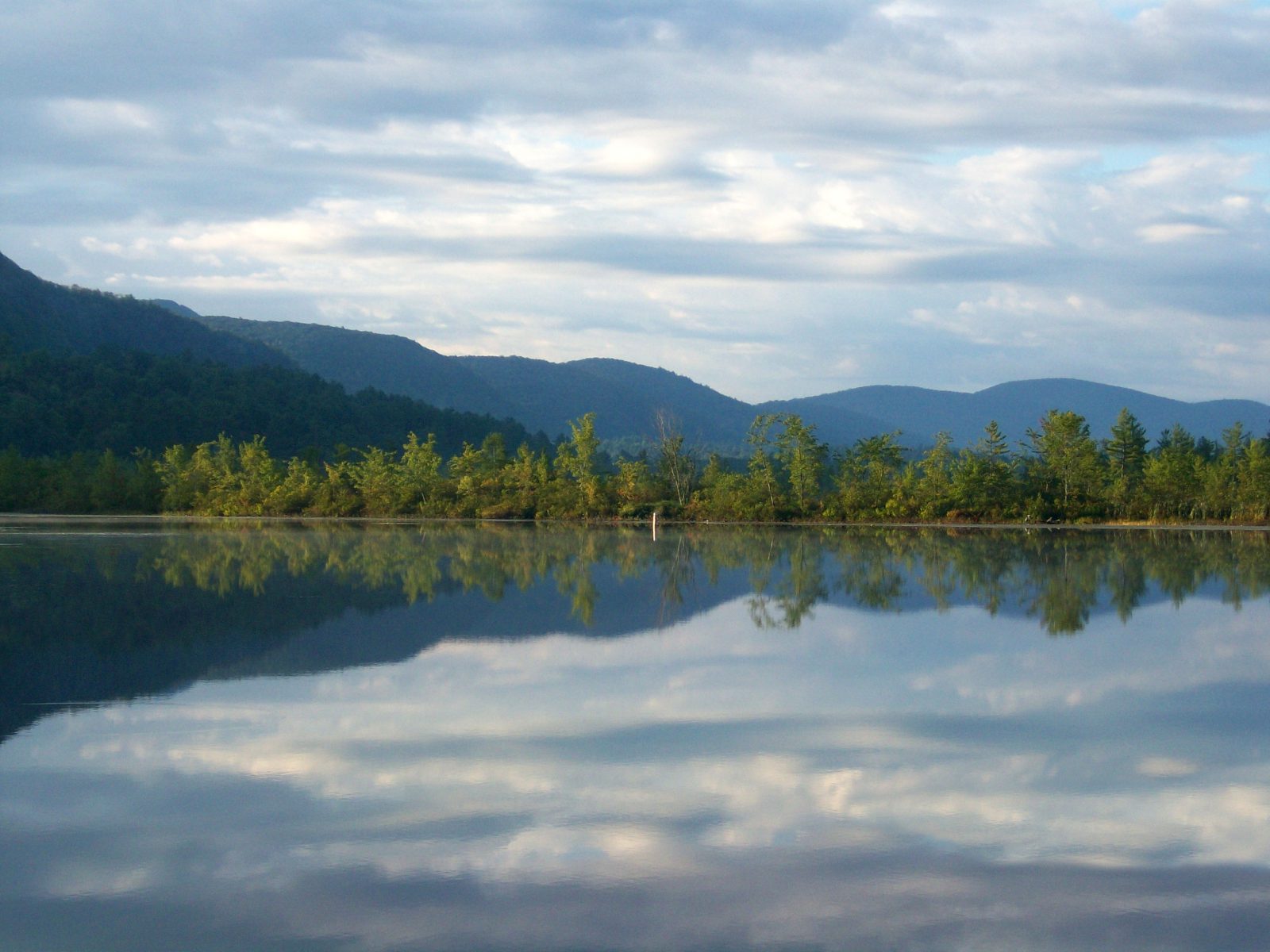
Algae and Weed Control in New York Lake
Location and Acreage: Cazenovia, NY | 1,164-Acres
Project Timeframe: 2009 to 2017
Site Description: This Lake is a 1,164-acre waterbody located in Madison County, New York. The lake was listed on the New York State Priority Waterbody List in 1996 as being threatened due to excessive weeds and algae. The waterbody is a focal point of the community, providing recreational opportunities and economic stimulus to the lakeshore town. It contains an approximately 400-acre littoral zone conducive to nuisance vegetation growth, while also containing a diverse vegetative community. The surrounding lake community maintained an ongoing mechanical harvesting program, but the program was unable to keep pace with invasive weed growth.
Scope of Work: The primary goal was to utilize an herbicide treatment program to mitigate the dense growth of Eurasian watermilfoil, which had significantly impaired conditions for recreational and cultural opportunities. Assessments of the vegetative community and protection of Autumnal water starwort (Callitriche hermaphroditica), which is found on the New York State Rare Plant List, were also important components to the success of the project.
Project Description: SOLitude implemented a long-term effort to preserve native vegetation and control aggressive nuisance plant growth. Large-scale treatments focused on the densest areas of Eurasian watermilfoil growth using selective herbicide. This strategy brought the lake multi-year relief without significantly reducing the native plant community. In addition to herbicide treatments and vegetation surveys, the project also included extensive riparian monitoring and notifications, efforts to protect and preserve an endangered plant species near the lake inlet, a snail toxicity study to ensure no adverse impacts. The town is a well-educated community with an informed lake association and annually holds a Lake Summit to discuss management goals and educate the public. Based on the annual aquatic plant monitoring, aquatic plant species richness has declined only ~10% as a result of herbicide applications, yet the targeted Eurasian watermilfoil has been successfully eradicated by up to 90% following management by SOLitude.









